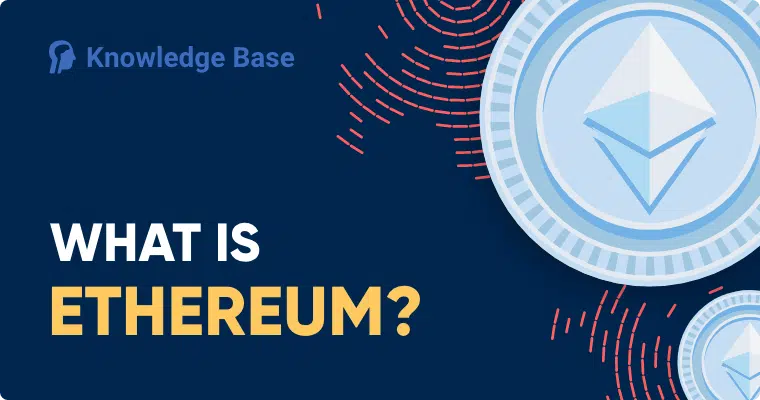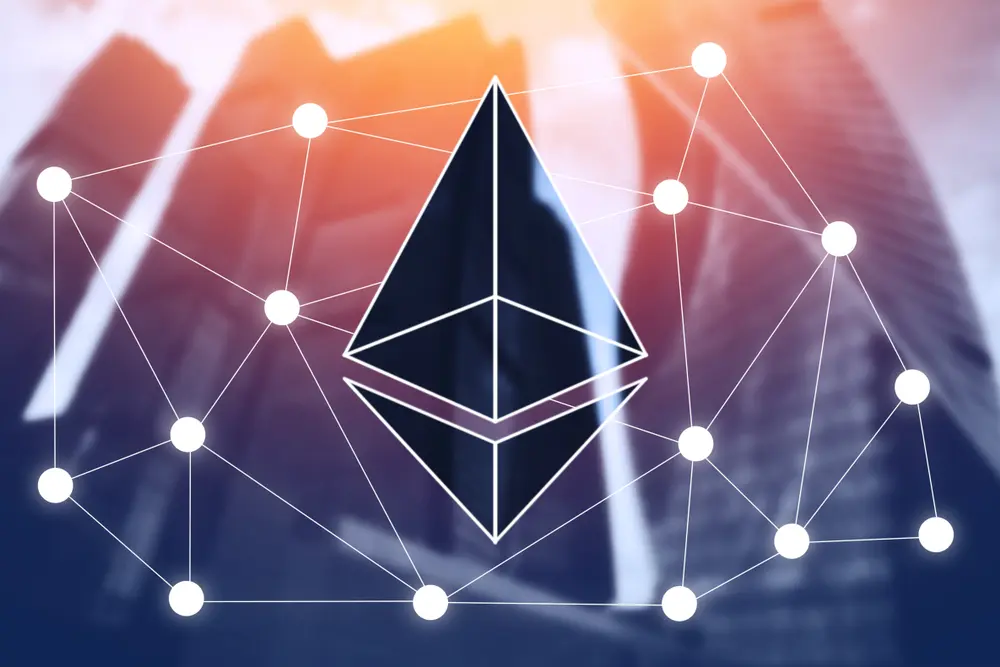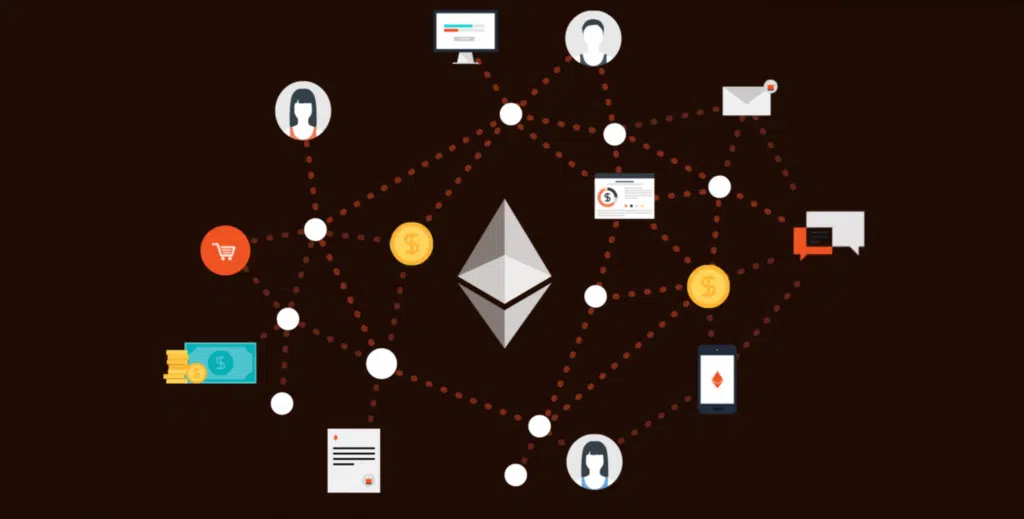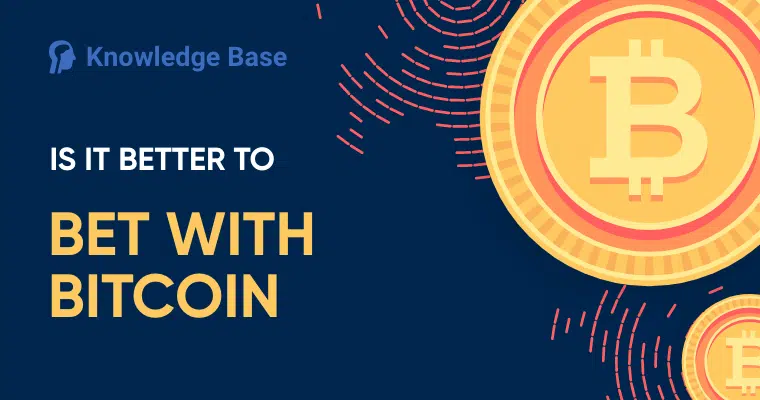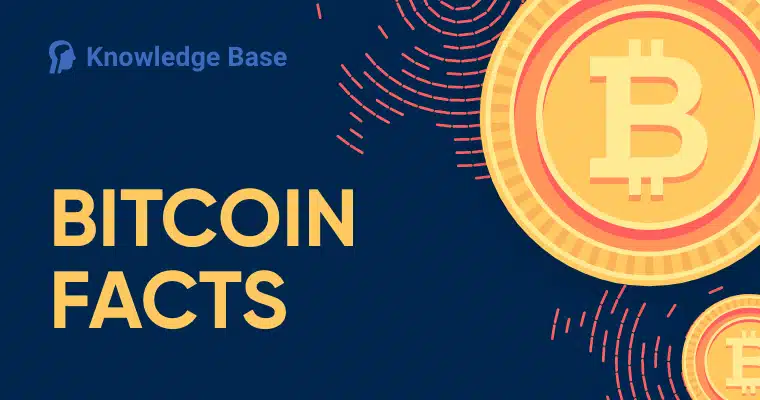What Is Ethereum?
What is Ethereum? It has often been regarded as one of the most popular digital currencies, being on par with coins like Bitcoin. However, Ethereum isn’t merely a cryptocurrency, but rather it’s an open-source platform that allows developers to create smarter, decentralized applications.
In this guide, we will attempt to cover everything there is to know about Ethereum, including its history, how it works, how to mine it, what smart contracts are, and their many uses.
The History of Ethereum
The Ethereum cryptocurrency was co-founded by Vitalik Buterin alongside several other developers who believed that Bitcoin was limited in terms of its possible uses, meaning that it could only be used as a cryptocurrency. As a programmer, Buterin first got involved with blockchain technology back when he was only 17 years old. He soon realized the potential held by blockchain technology, and how it wasn’t limited to processing financial transactions, but rather could handle all types of data-based transactions.
He soon began working on a white paper, which was later released in 2013. After being published, the paper managed to generate some buzz in the cryptocurrency community, which encouraged the Ethereum founder and his fellow developers to pursue the project.
In 2014, the developers launched a crowdfunding campaign, which was highly successful, granted that it managed to raise over $18 million. In exchange for their investments, backers were given Ether, which is the platform’s token or Ethereum. In 2015, Buterin launched Ethereum under the name of Frontier.
During the next couple of months, Ethereum started gaining momentum, and hence quickly became one of the world’s most popular digital currency and blockchain platforms. Of course, the Ethereum coin has had numerous ups and downs since 2015. Some of the most notable events include its 13,000% price increase in 2017, reaching an all-time high value of over $1,300 per coin, or conversely, there’s the DAO hack, when a hacker managed to steal $50 million worth of Ether, thus leading to the platform’s first crisis, from which it has fortunately recovered.
At this time, hundreds of decentralized applications have been built via the Ethereum blockchain, which is also responsible for handling the transfer and storage of numerous crypto tokens. It is important to point out the fact that Ethereum’s protocol has constantly been improved by its core developers in an effort to increase its security, usability, and features.
The Smart Contract Revolution
The idea of smart contracts was the brainchild of Nick Szabo, a cryptographer who figured out that blockchains can also be used to process and execute smart contracts. But what is a smart contract, exactly? They are self-executing programs deployed on the blockchain that help parties exchange anything of value, including digital currencies, shares, real estate, and documents.
In a way, smart contracts are similar to traditional contracts in terms of their uses, so anything that can be achieved via a normal contract can potentially be done as well via smart contracts. However, they make middlemen obsolete, because contracts are automatically enforced by the blockchain as long as the parties involved agree and the conditions for execution are met.
At this time, there are numerous types of smart contracts deployed on the Ethereum blockchain. However, the market is far from reaching its actual potential, since several types of smart contracts are in need of legal backing to be valid, and the blockchain hasn’t been mass-adopted so far. Later on, we will cover the potential uses for smart contracts on the Ethereum platform, to better put into perspective how this technology will likely change our world for the better.
How Does Ethereum Work?
The Ethereum Blockchain
For starters, blockchains are shared databases stored across numerous computers, responsible for recording transactions. The Ethereum blockchain is quite similar to the Bitcoin blockchain, yet there are several differences worth pointing out. As such, the Bitcoin blockchain can only record financial transactions by design. It does this by calculating unspent transaction outputs in order to determine the amount of Bitcoin stored by each network user.
Ethereum, on the other hand, doesn’t only store details on transactions, but the most recent state associated with the smart contracts deployed on the network. It also determines user balances via an account-like infrastructure, where tokens are made available to users in their Ethereum wallet. Each wallet has a number of addresses associated with it, which can be used by other parties to send both Ether and other types of tokens supported by the network.
The Ethereum Virtual Machine (EVM)
What is EVM in Ethereum? Understanding how smart contracts work may seem complicated at first, but the principles are quite simple. With this in mind, developers use the Solidity and Serpent programming languages to create self-executing contracts that are processed and executed by the Ethereum virtual machine. The code is then compiled into the bytecode language, and deployed on the blockchain network.
The EVM is responsible for monitoring whether the smart contract deployment conditions are met. Once they are, the network of nodes will process the change and come to a consensus about the contract’s completion. At the same time, the EVM will conduct whatever action was coded into the smart contract.
As part of our Ethereum for dummies guide, we have to mention that Ethereum’s developer tutorial states that the EVM can only process the same programs that a smartphone from 1999 can so keep in mind that smart contracts can be used for specific things, but they can’t be too complex.
Via the EVM, Ethereum has revolutionized smart contracts, which now don’t have to be developed from the ground up with a separate blockchain network. Instead, by using the EVM, thousands of different decentralized applications and Ethereum smart contracts can be deployed simultaneously on the same platform, thus leading to massive standardization of this market.
Mining
Just like Bitcoin, Ethereum requires mining to function accordingly. Based on this, the purpose of mining is to process transactions on the Ethereum network and add them to the blockchain. As such, once any type of transaction is made, it will get picked up by miners who will then verify whether it is authentic. Once this is done, the transaction is added into a block, and then published forever on the blockchain. Ethereum currently utilizes proof-of-work as the consensus mechanism, which entails miners to solve complex mathematical puzzles in return for a block reward.
What is Ethereum to the future of mining on the blockchain? Well, it usually takes around 12 seconds for miners to crack the proof-of-work problem and find a block. The mining algorithm ensures a certain difficulty, so if miners start finding blocks in less than 12 seconds, or in more than 15 seconds, the mining difficulty is readjusted.
Vitalik Buterin has announced that in the future, Ethereum will likely switch to proof-of-stake (PoS), which is a more complex consensus mechanism that would make Ethereum mining obsolete. The main difference between the two algorithms is that proof-of-work (PoW) relies on miners to determine whether transactions are valid, whereas proof-of-stake provides network security by leveraging the tokens held by users, in case of fraudulent transactions.
It is believed that PoS is a smarter strategy that can be used to attain distributed consensus, as its resource usage is considerably lower. However, it also eliminates the profit potential associated with mining.
Uses for Ethereum
For a more efficient lecture, we have split Ethereum’s uses into four main categories. Keep in mind the fact that each category can, in its own way, revolutionize a wide variety of industries. So what is the use of Ethereum?
Decentralized Applications
As mentioned before, Ethereum can be used to develop and deploy decentralized applications. These are apps that do not have a centralized entity governing over them and can thus be controlled or modified by users if needed, as long as consensus is reached.
With this in mind, thousands of decentralized applications, each with its own purpose, are already available on the Ethereum blockchain. Their advantages include easier development (since a new blockchain network doesn’t need to be created), alongside resistance to corruption and tampering, network immutability, and security. Dapps can facilitate numerous services, such as voting, governance, loans, compliance, identity management, digital currencies, and more.
The Token Economy
Regardless of the lower Ethereum value at the time of writing this, Initial Coin Offerings (ICOs) have been a major trend throughout 2018, as they allow start-ups to generate capital in a considerably easier manner when compared to traditional investment instruments. This led to the appearance of a massive token economy, the majority of which has been built directly on the Ethereum blockchain. While most start-ups in this scene offer decentralized applications, numerous business ventures have tried holding their own ICOs.
So what is Ethereum in direct relation to the token economy? The token economy offers token holders two features: profitability potential and token usability. As such, these tokens can be held and resold for a profit when their prices increase, or they can be used for utility purposes, such as accessing services offered by a start-up or voting in decentralized autonomous organizations. Investors can choose to buy Ethereum, which can then be converted into a variety of interesting tokens.
Decentralized Autonomous Organizations (DAOs)
DAOs represent autonomous organizations built on Ethereum’s blockchain that don’t have a central leader. As such, these companies are built via code, which can entirely replace the structure and rules associated with traditional organizations. Control is exercised by anyone who holds tokens released by the DAO, which are then used to vote on company decisions, thus creating a decentralized form of control.
Industry Uses
- Real Estate: Imagine purchasing property in another country via your computer. By using the Ethereum blockchain and smart contracts, once you make your digital currency payment, the smart contract self-executes, thus transferring ownership to you.
- Insurance: Via smart contracts, an insurance company can determine who was at fault after a car crash or determine the right insurance rates based on how or where a vehicle is driven. For healthcare insurance, smart contracts can automatically bill insurance companies and make payments to healthcare providers according to the patient’s policy.
- Unique Assets: Via the ERC721 token standard, Ethereum can now be used to keep track of various unique digital assets. For example, think of gaming collectibles, which can sell for thousands of dollars.
Who Wins: Ethereum vs Bitcoin?
This isn’t really a battle, since it is important to understand that both platforms are driven by different purposes. As its white paper title suggests, Bitcoin was designed to be a peer-to-peer electronic cash system. While it could do more, its main purpose is to transfer digital currency from one user to another.
Ethereum, on the other hand, is designed to do more. While Ether can definitely be used as a payment system, and many people already do use it this way, the Ethereum platform is mostly meant to facilitate the token economy, smart contracts, and decentralized applications.
So from an investment perspective, what is the difference between Bitcoin and Ethereum? Both Bitcoin and Ethereum are viable options, yet it is unlikely that Ether will rise above BTC in terms of its price since it isn’t a digital cash system and doesn’t have asset ambitions. However, both systems have volatile prices, which make them a fun and profitable, yet risky, trading choice. Trading with Bitcoin is, however, more susceptible to sudden changes so sometimes the trade might seem like playing a game at one of Bitcoin casinos.
Conclusion
Based on everything that has been outlined so far in our “What Is Ethereum” guide, it is believed that Ethereum will continue to be a highly valuable player on the blockchain and cryptocurrency markets. As the technology advances, Ethereum will facilitate the deployment of numerous Dapps, smart contracts, and DAOs, thus leading to a trustless, secure, and innovation-oriented economy. Lastly, Ethereum is dealing with a scalability concern, yet solutions to make the platform scalable for mass adoption are actively being developed. Overall, the future of Ethereum will likely bring more advanced features, as the platform is continuously being improved by its core developers.
